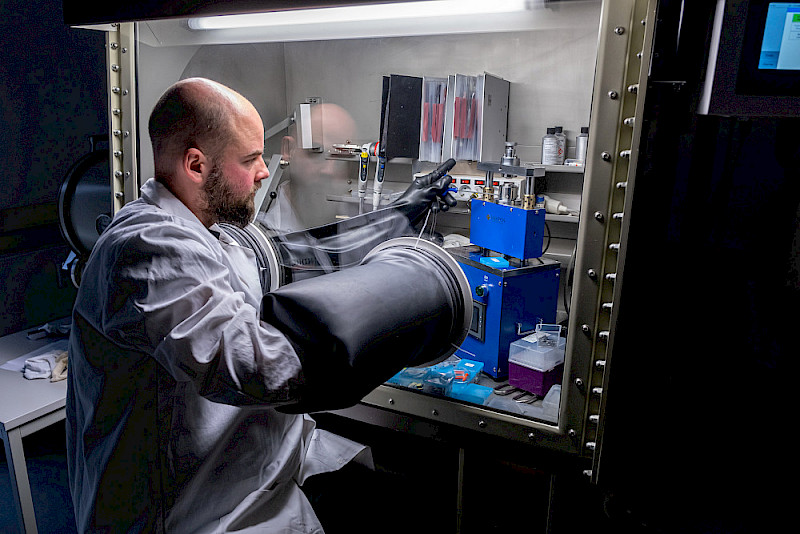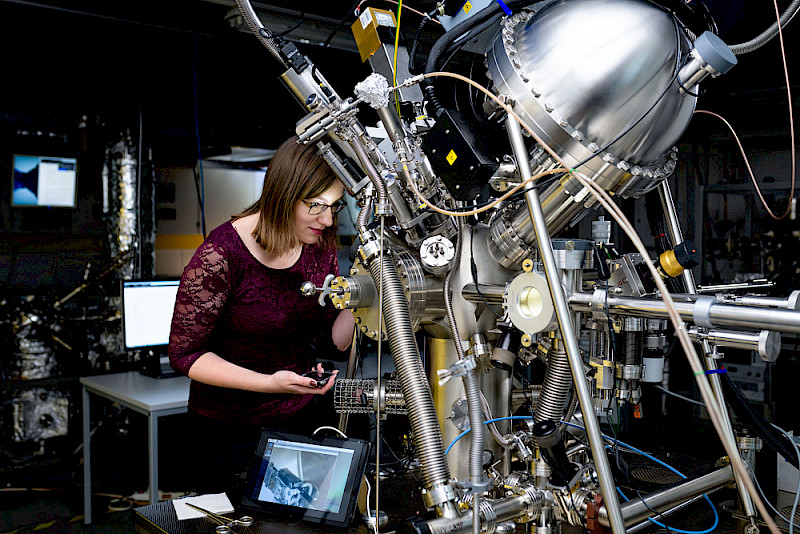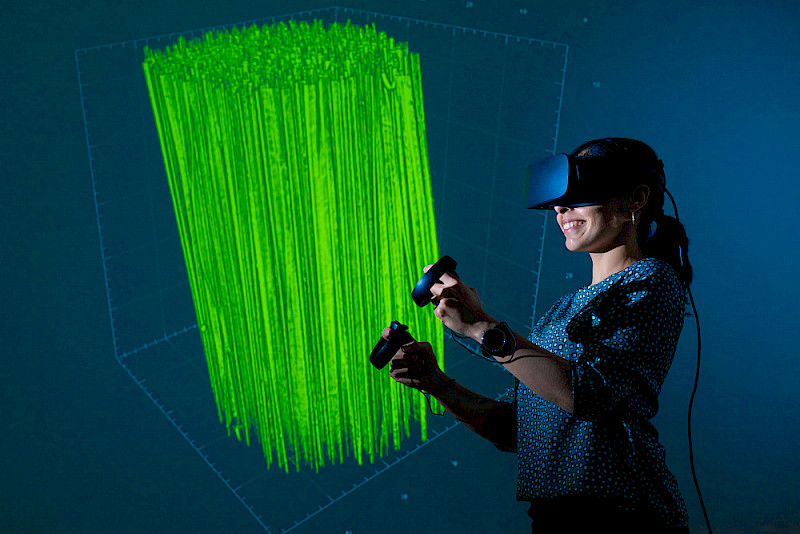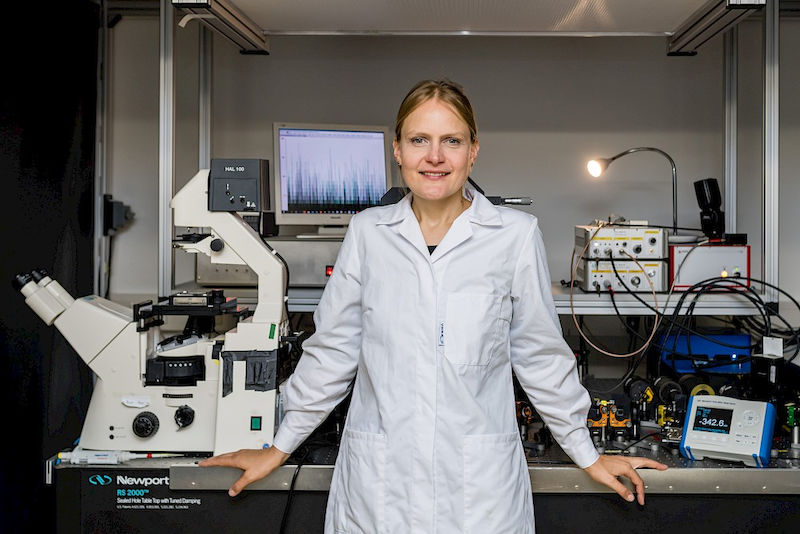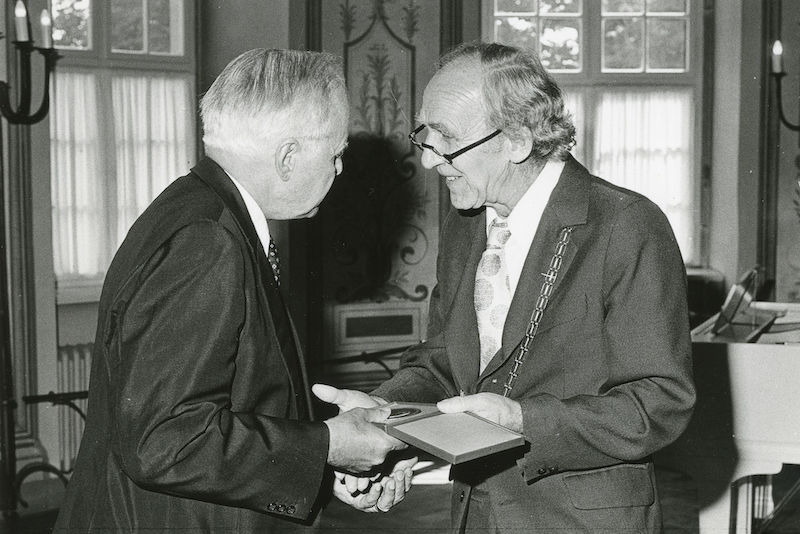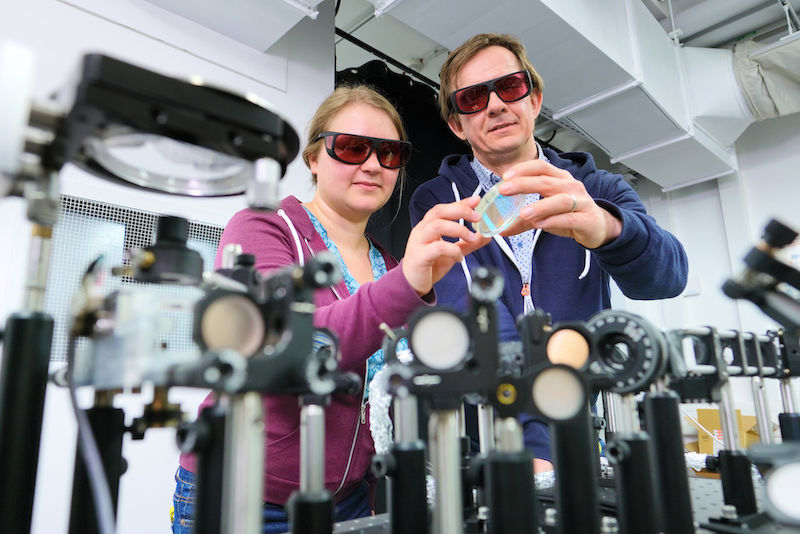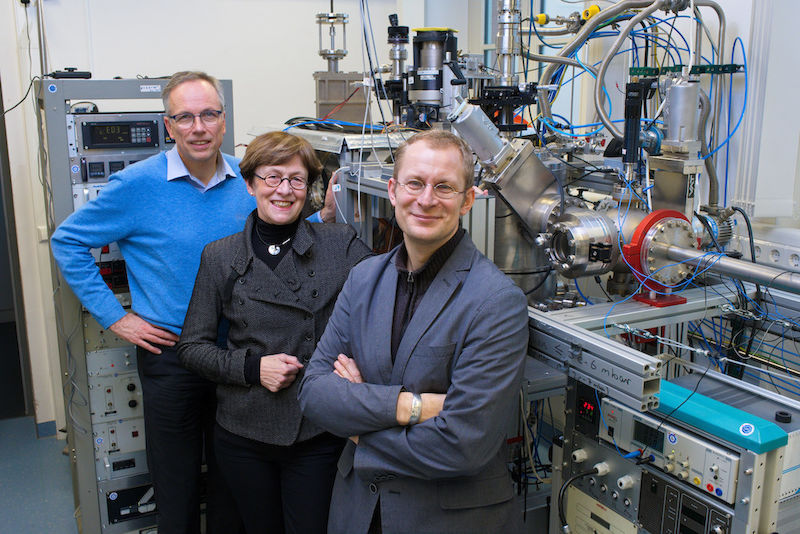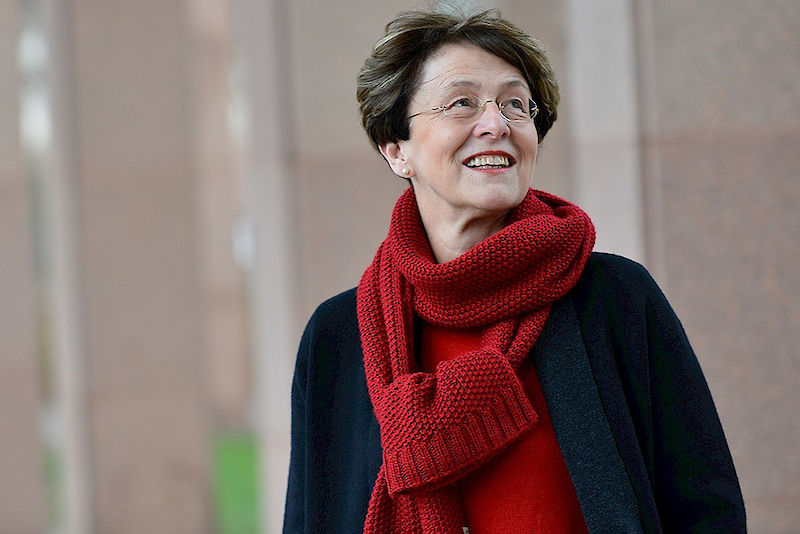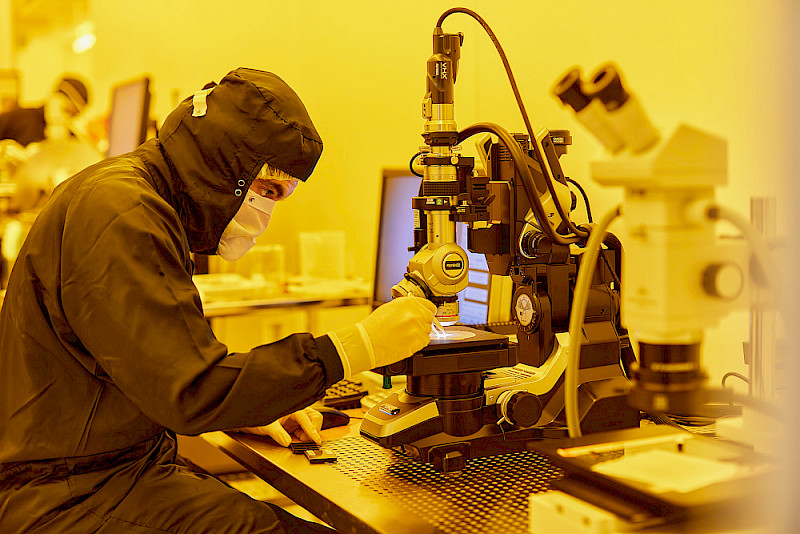
Storage technologies of the future
A team of scientists at the Institute of Physics are carrying out basic research into a new type of electronics using various quantum phenomena and customised nano-materials. For many years now, some of the world’s finest research into solid-state physics has been conducted at the University of Halle. Read more

